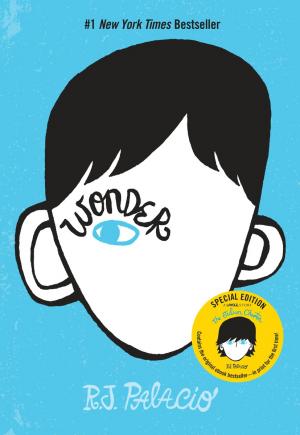Wonder is the story of a ten-year-old boy named August, who was born with severe facial malformations and has had to undergo numerous surgeries. It takes place in a private school, and tells of August’s first experience of going to school in his Grade 5 year.
As teachers, we strive to support our students in negotiating the challenges of the junior and intermediate years. We help them learn skills in order to thrive in new situations and to be positive members of the community. Through literature, students can explore social issues and can learn about and practise empathy.
This novel is written from a number of different perspectives. Most of the book is given over to August telling his own story, but this narrative is interspersed with accounts by his sister Via and by several classmates and friends. Through the eyes of these narrators, the reader gets different perspectives into August’s story. This intriguing and successful structure allows readers to find characters they can relate to, and conversely, to be in the space of people quite different from themselves.
Narrative voice is central: who is telling the story and how is it told? As a sibling to someone with a disability, I felt drawn to Via’s story. I found her voice compelling and it resonated strongly with my experience. Other readers may identify with August, or with one of his classmates. Each section begins with a few lines of a song lyric or a quotation from a play or novel. August’s first chapter starts with “Fate smiled and destiny laughed as she came to my cradle” from Natalie Merchant’s “Wonder,” a song about (dis)ability. By linking sections of the novel to outside texts, students can expand their understanding and practise making connections among texts.
This is a very readable and highly engaging novel that will capture the imagination of students. It would be suitable for students in grades 4 to 8, as either a read-aloud or student-read novel.
Laura McCoy is a member of the Elementary Teachers of Toronto Local.
